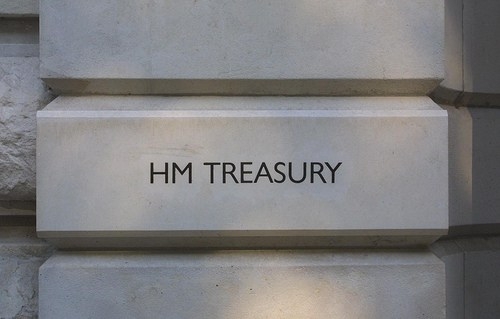The dividend allowance will be reduced from £5,000 to £2,000 from April 2018, the Chancellor announced this afternoon.
According to Treasury papers, the move will raise £930million for the Exchequer by 2021-22.
In the first year it will bring £5m, followed by £870m in 2019-20 and £825m in 2020-21, the documents stated.
Around two thirds of all those with dividend income, will be unaffected by this measure, according to the Treasury. Officials estimated that this will affect around 2.27 million individuals in 2018 to 2019 with an average loss of around £315.
Mr Hammond said: “The Dividend Allowance has increased the tax advantage of incorporation. It allows each Director/Shareholder to take £5,000 of dividends out of their company tax free, over and above the personal allowance.
“It is also an extremely generous tax break for investors with substantial share portfolios. I have decided, therefore, to address the unfairness around Director/Shareholders’ tax advantage, and at the same time raise some much needed-revenue to fund the measures I shall announce today, by reducing the tax-free dividend allowance from £5,000 to £2,000 with effect from April 2018.
“About half the people affected by this measure are Director/Shareholders of private companies. The rest are investors in shares with holdings worth, typically, over £50,000 outside ISAs. And of course everyone will benefit from the generous £4,760 increase in the annual ISA allowance, to £20,000, and the further increase in the personal allowance to £11,500 from April.”
The Treasury papers stated: “The dividend allowance will be reduced from £5,000 to £2,000 from April 2018, to reduce the tax differential between the self-employed and employed, and those working through a company, to raise revenue to invest in public services, and to ensure that support for investors is more effectively targeted.”
Reaction
Tracyann Kneen, product technical manager at Nucleus, said: “The slash in the tax-free dividend allowance down to £2,000 is surprising – this new measure has been with us for barely a year. The cut will impact shareholder directors and investors with significant portfolios of typically more than £50,000. Using their Isa and pension allowances will become even more important.
“But the tax-free dividend allowance was only introduced 2016, and has now been more than halved. This sends out a confused message to those trying to save for their futures. It doesn't help with setting a long-term plan as well as hitting confidence in markets.”

